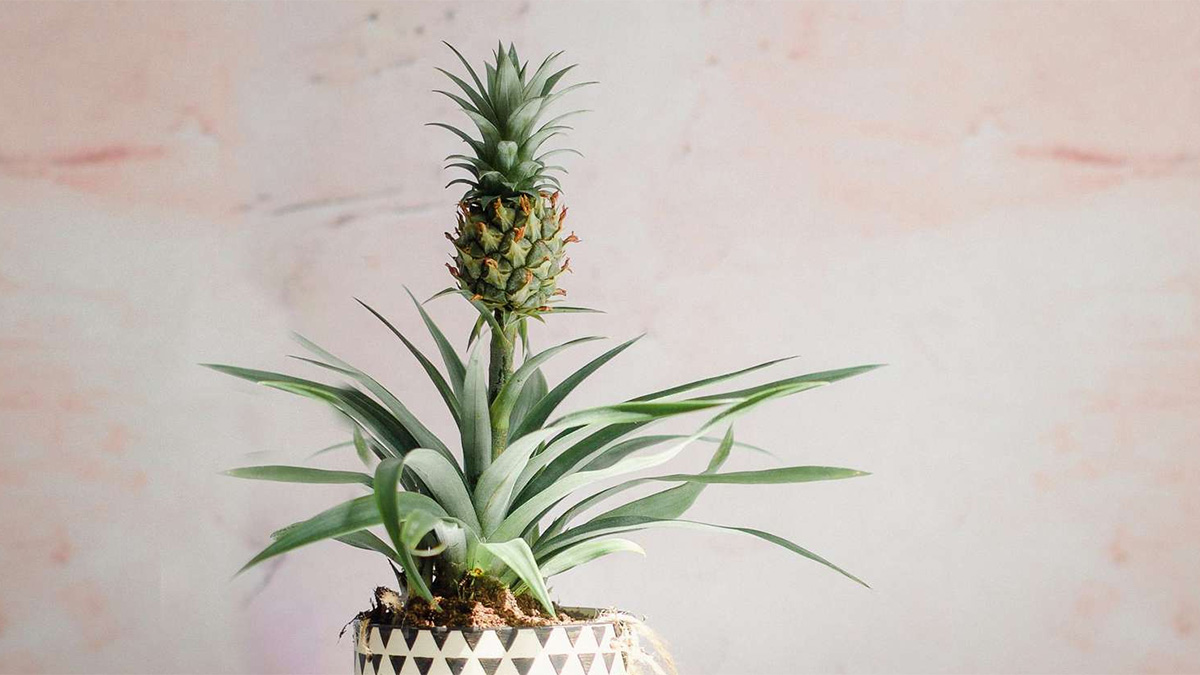How to Grow a Pineapple From the Top of Another Pineapple

Ever wondered if you can really grow a pineapple from the top of another one? Good news is you can, and it’s easier than you might think. With just a store-bought pineapple and a sunny spot, you can start your own tropical plant at home using this simple and fun method.
What you’ll need to get started
Growing pineapple from the top is simple and doesn’t require many tools. All you need is a ripe pineapple, a sharp knife, and a clean cutting board. To encourage rooting, you’ll also want a jar of water or a small pot filled with well-draining soil, plus a sunny spot to place it.
Choose a pineapple with healthy green leaves and no signs of mold or mushiness. A fresh top increases your chances of success. Optional items include rooting hormone and a container with drainage holes for transplanting later.
How to prepare the pineapple top for planting
Start by twisting or cutting off the leafy top of the pineapple, making sure not to include too much fruit flesh. If using a knife, cut about half an inch below the leaves and trim off any remaining fruit from the base. Peel away several lower leaves to expose about an inch of bare stem.
Let the top dry for a day or two on the counter. This helps the cut end callus over, which reduces the risk of rot once planted. If you have rooting hormone, you can dip the base to encourage faster root development, but it’s not required.
Rooting the top in water or soil
There are two common ways to root your pineapple top: in water or directly in soil. If using water, suspend the base in a glass so just the bottom touches the water. Keep it in a bright, warm location and change the water every few days to keep it fresh.
For soil rooting, plant the dry crown into moist, well-draining potting mix. Use a small container with drainage and press the soil firmly around the base to hold it upright. Water lightly and keep it in a warm, sunny spot, but avoid direct afternoon sun until roots develop.
Transplanting and long-term care
If you started your plant in water, wait until roots are a few inches long before moving it into soil. Choose a pot that drains well and fill it with cactus or succulent mix for better aeration. Water the plant thoroughly, then let the top inch of soil dry out between waterings.
Pineapples like warmth and plenty of light, so choose a location that gets at least six hours of bright sunlight daily. During the growing season, you can feed the plant with a balanced, slow-release fertilizer every two to three months. Avoid overwatering, as the plant is sensitive to soggy conditions.
How long it takes to grow a pineapple (and what to expect)
Growing a pineapple from a top is not a quick process, but it’s a rewarding one. Most plants take around two to three years to produce fruit, especially when grown indoors or in containers. During the first year, the plant will focus on root development and leaf growth.
Eventually, a flower spike will appear in the center of the plant, signaling the start of fruit development. The fruit takes several more months to grow and ripen. After harvesting, the mother plant will start to produce side shoots, known as pups, which can be planted to grow new pineapple plants.
Common issues and troubleshooting
If your pineapple top starts to rot, it may have been planted too soon or watered too heavily. Always allow the base to dry before planting and make sure the container drains properly. Yellowing or wilted leaves can be a sign of overwatering or not enough sunlight.
If no roots appear after several weeks, check that the base is still firm and free of mold. Moving the plant to a brighter location can also speed up growth. While pineapple plants grow slowly, healthy leaves and firm roots are good signs that your plant is on the right track.
Conclusion
Growing a pineapple from the top is a satisfying project that requires minimal supplies and a bit of patience. While it may take time to see fruit, watching the plant grow is half the fun. Whether you’re gardening indoors or out, this is a great way to add a little tropical flair to your space.
